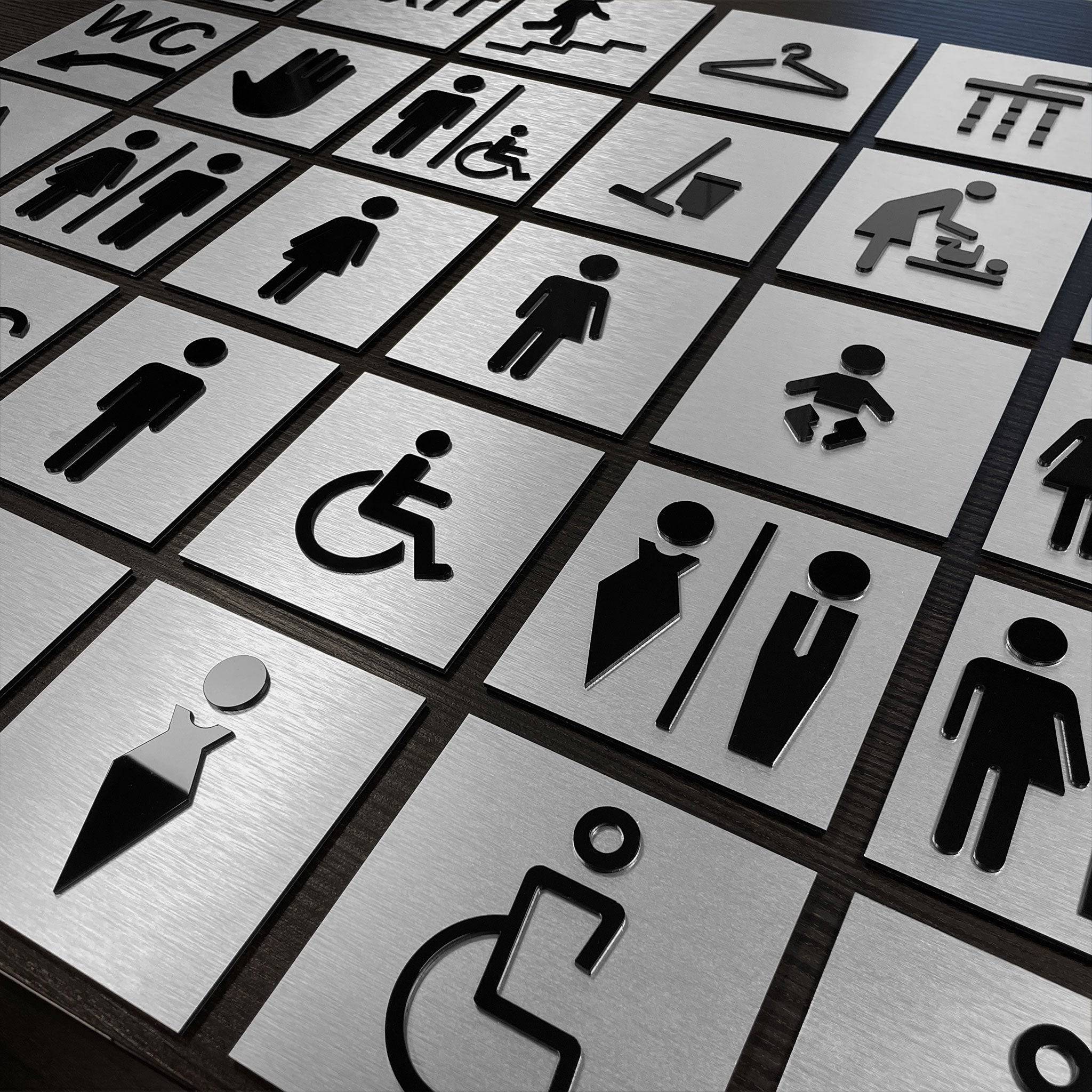ELECTRICAL ROOM SIGNS
2 Produkte
1 - 2 von 2 Produkten werden angezeigt
Electrical Room Signs: Ensuring Safety, Compliance, and Visibility
What Are Electrical Room Signs?
Electrical room signs are safety and access-control indicators placed on or near doors leading to rooms that house electrical panels, circuit breakers, or power systems. These signs serve a vital function: alerting people to electrical hazards and restricting access to authorized personnel only.
Whether it's a small utility closet in an office or a large control room in a manufacturing plant, signage is key to preventing accidents and fulfilling legal obligations.
Why Are Electrical Room Signs Important?
Installing clear, legible electrical room signs is not just good practice—it’s often mandated by law. These signs:
-
Prevent unauthorized entry into high-voltage or equipment areas
-
Warn of potential hazards like shock, arc flash, or explosion risks
-
Help emergency responders locate electrical shut-offs
-
Protect businesses from legal liability under OSHA and NFPA standards
Without proper signage, employers risk not only safety violations but also serious workplace injuries or operational disruptions.
What Should Electrical Room Signs Include?
Effective signage should contain:
-
Primary warning (e.g., “DANGER,” “WARNING,” or “CAUTION”)
-
Hazard description (e.g., “High Voltage,” “Electrical Equipment Inside”)
-
Access restrictions (“Authorized Personnel Only”)
-
Optional contact information for emergencies
-
Voltage level, if relevant
Signs should be simple, bold, and instantly understandable, even in low-light or emergency situations.
Regulatory Standards for Electrical Room Signs
In the U.S., the following standards apply:
-
OSHA (Occupational Safety and Health Administration) – Requires clear hazard communication in all workplaces
-
NFPA 70E (Standard for Electrical Safety in the Workplace) – Covers arc flash and shock hazards
-
ANSI Z535 – Outlines color coding, pictogram use, and font requirements for warning signs
Signs that fail to meet these standards could result in fines, shutdowns, or legal consequences following an incident.






